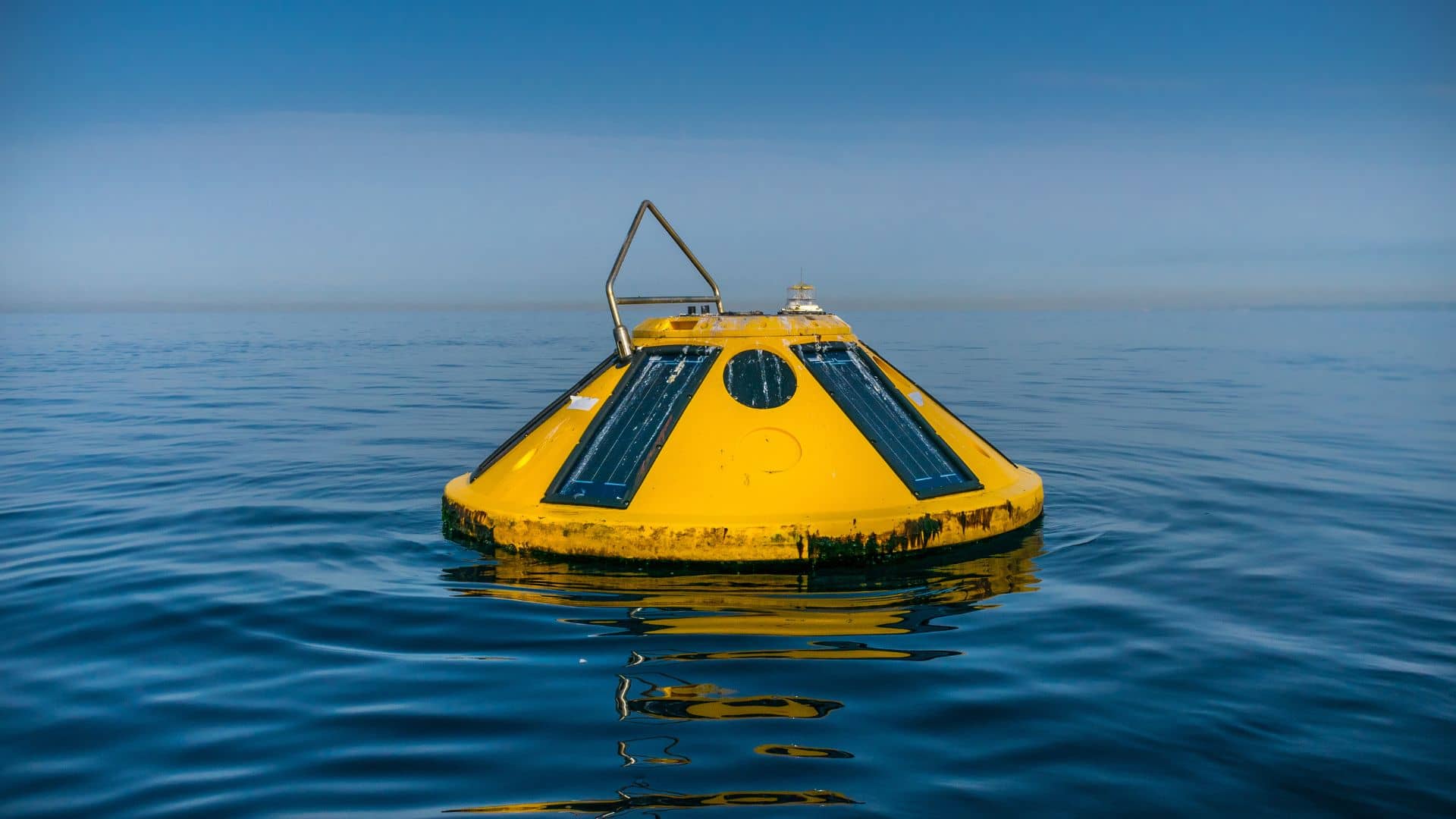Sound in Oceanographic Sensors has revolutionizing our understanding of the oceans. Unlocking the secrets of the deep requires sophisticated technologies, and among the most valuable tools are oceanographic sensors that harness the power of sound
Sonar Mapping
Sonar technology, short for Sound Navigation and Ranging, is a cornerstone of oceanographic exploration. It utilizes sound waves to map the seafloor and detect underwater features. Multibeam sonar systems, for example, emit multiple beams of sound in a fan-shaped pattern, allowing for the creation of detailed bathymetric maps. This technology has transformed our understanding of the ocean floor, revealing previously unseen geological formations and ecosystems.
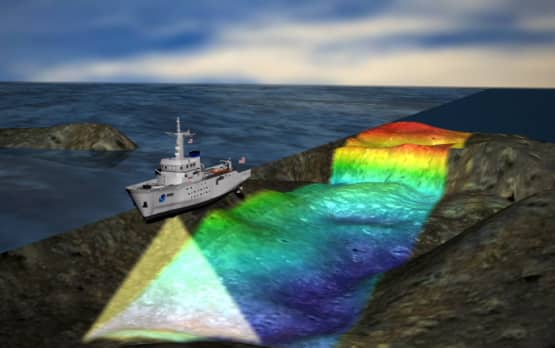
Acoustic Doppler Current Profilers (ADCPs)
The use of sound in oceanographic sensors is also seen in ADCPs. They use the Doppler effect to measure the speed and direction of ocean currents. By emitting sound pulses and analyzing the frequency shift of the returning echoes, these sensors provide valuable data on the movement of water masses at various depths. This information is crucial for understanding ocean circulation patterns, identifying eddies, and monitoring the impact of currents on marine ecosystems.
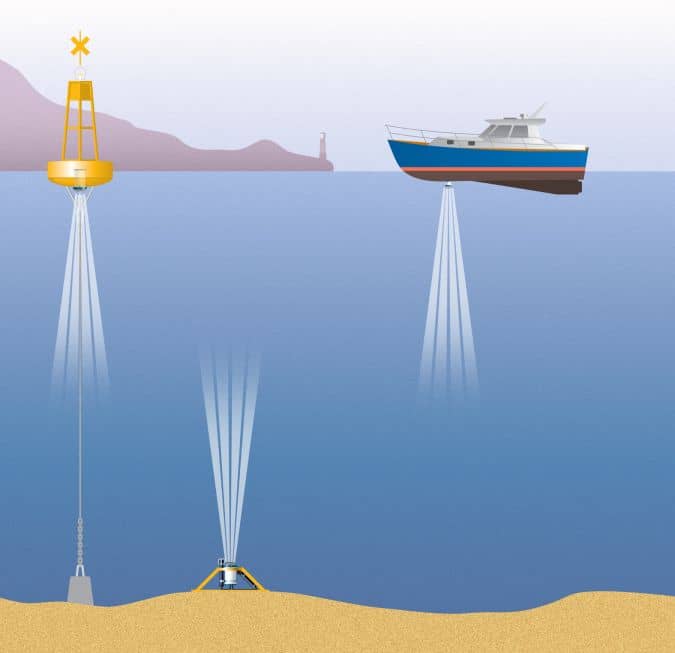
Ocean Ambient Noise Monitoring:
Oceanographers use hydrophones to monitor ambient noise levels in the ocean. This acoustic data provides insights into natural phenomena, such as the sounds produced by marine life, as well as anthropogenic noise from activities like shipping and oil exploration. Understanding ambient noise helps scientists assess its impact on marine ecosystems and develop strategies for conservation.
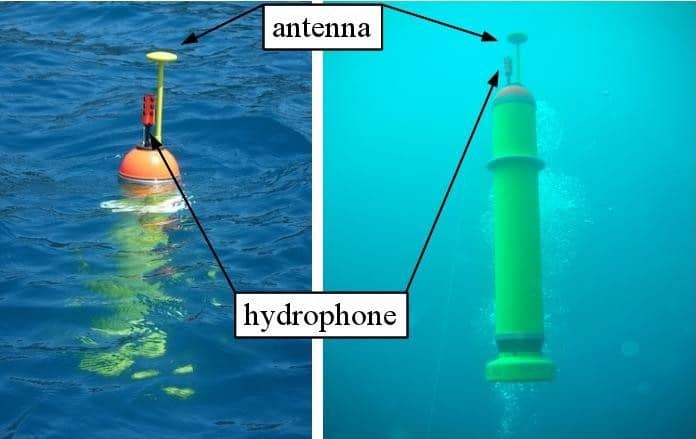
Underwater Acoustic Telemetry
To study the behavior and migration patterns of marine species, researchers employ underwater acoustic telemetry. By attaching acoustic transmitters to animals and deploying receivers in the ocean, scientists can track the movements of tagged individuals. This technology has been instrumental in studying the migratory routes of sharks, the foraging behavior of whales, and the movement patterns of other marine species.
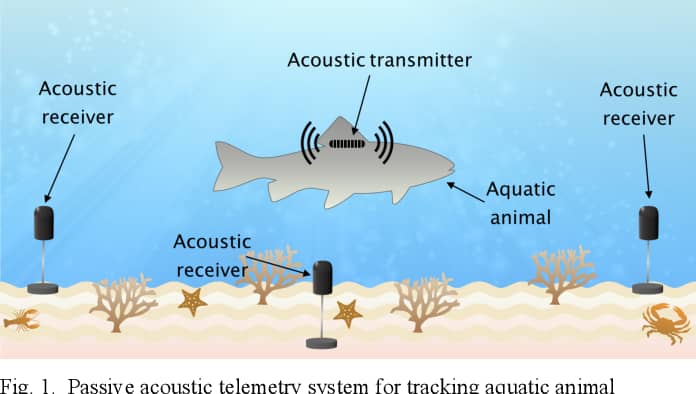
Challenges and Innovations
Despite the incredible advancements in using sound for oceanographic sensing, challenges persist. Ambient noise, calibration issues, and the influence of temperature and pressure on sound propagation pose ongoing challenges. Researchers are actively developing innovative solutions, including advanced signal processing techniques and materials that can withstand the harsh conditions of the deep ocean.
Sound and the Sea
The use of sound in oceanographic sensors has revolutionized our understanding of the dynamic and interconnected world beneath the surface. Vivo Asia Engineering & Trading supplies and installs Oceanographic Sensors with Marine Winches.

